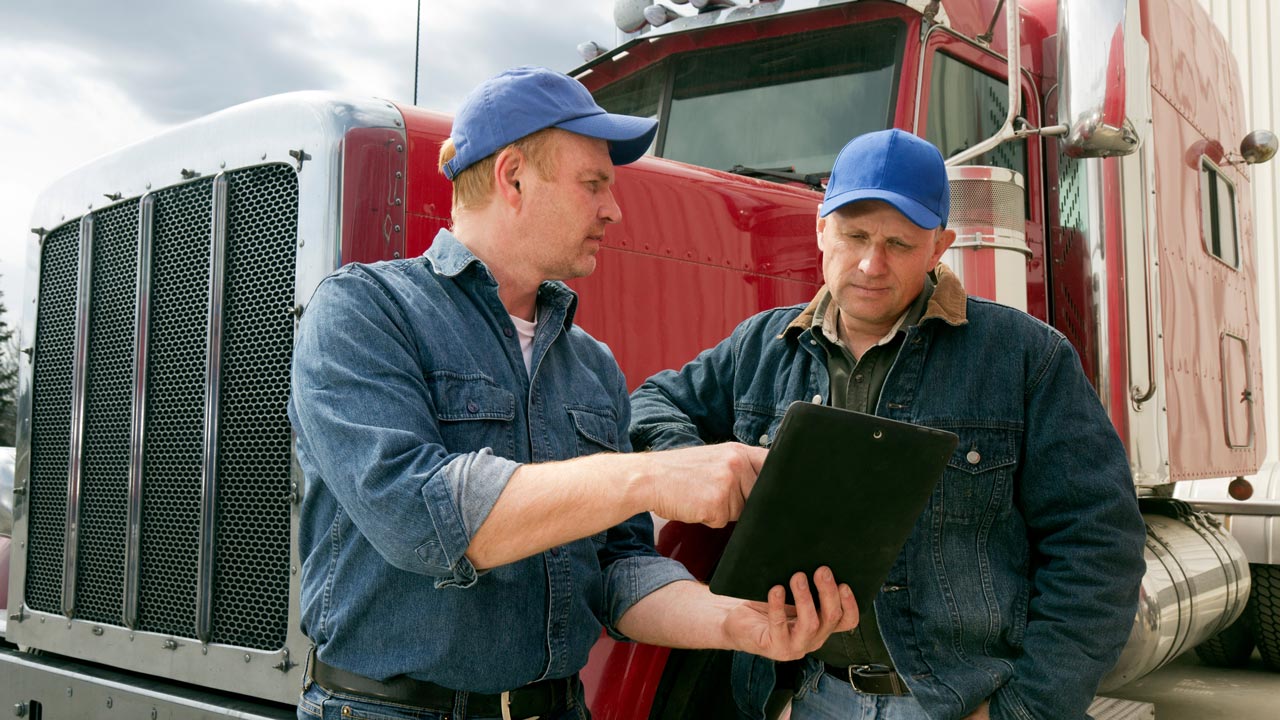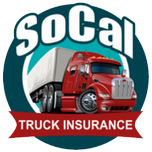
What is Owner-Operator Authority? Ways to Weigh In the Pros and Cons
The trucking industry contributes immensely to the U.S. economy. Despite the COVID-19 pandemic in 2020, the trucking industry earned $732.3 billion in revenue by transporting 72.5% of the country’s freight by weight. That same year, over 900,000 drivers were employed in as many as 996,000 for-hire trucking carriers.
The future of this industry is looking bright, with a projected job growth rate of 6% between 2020 to 2030. This is why now may be a good time to consider registering for commercial truck owner-operator authority.
Owner-Operator Authority
Essentially, you become a motor carrier with owner-operator authorization. The two are almost identical, except motor carriers are typically large companies. As an owner-operator, you obtain load, get compensated, and operate your business independently while following federal, state, and local laws. You’re your own boss.
Benefits of having your own trucking authority
If you think owner-operator authority is perfect for you, it’s time to jumpstart your business. The first thing that you should do is set up an LLC. This will separate your personal and business assets.
Afterward, you can accomplish the Unified Registration System (URS) application on FMCSA’s website and get your motor carrier and DOT number. Sometimes, you can even receive your motor carrier and DOT number during the URS application process.
Finally, you’re given 21 days to get a commercial truck insurance policy. This is based on the minimum requirements and your classification set by the FMCSA.
Owner Operators with their own Authority
Some people think leasing onto a carrier is the better option for various reasons.
First, you work with lower operating costs thanks to discounts on petrol, tires, and maintenance usually negotiated by large carriers. With a carrier, you can focus full-time on driving because you’ll have dispatchers and back-office staff to take care of things like loads and administrative work. For those who are hesitant to lease onto a carrier, note that you also have the option to own equipment while operating under a carrier’s authority.
Many new operators also choose to lease from carriers because it’s a good way to learn the ins and outs of the industry and fine-tune their operations. At the end of the day, the decision is yours, so it’s very important to be well-informed and consider all the factors involved.
Dive Into the Benefits and Challenges of Owner-Operator Authority
If you’ve decided on registering for owner-operator authority, go through the pros and cons first. While the idea of becoming your own boss is appealing, it also comes with plenty of challenges. We’ve outlined the advantages and disadvantages, so you know what to expect.
Owner Operator Trucking Authority pros
haul the loads you want
No one will tell you which loads to take or routes to follow. You’re free to make short loops in two or three cities or take direct routes. You can even take long road trips across the country if that’s what you want.
Work At Your Own Pace
When it comes to scheduling your workday, you’re in total command. You can choose to take several weeks off or work more hours than usual so that you can earn bigger. But at the same time, you still have to adhere to the Hours of Service (HOS) regulations.
Decide How Much You Earn
Working for yourself gives you the power to set your own prices. Of course, your maximum rates may still be determined partly by market pressures which may differ in various regions. Beyond that, you have plenty of control over how much you earn.
Keep All The Income
While expenses will be deducted, owner-operators with their own authority are entitled to keep the profits they make from their businesses. However, don’t forget that costs are higher when running your own business.
What are the cons of having owner-operator authority?
Handling the entire business
You may get to decide your hours and hauls, but that doesn’t necessarily mean having less work. Sometimes, you may even have to put in more hours than you’re used to since you’ll be establishing processes, working on paperwork, comparing commercial truck insurance rates, securing motor truck cargo insurance on your own, and so on.
Building and Maintaining Broker Relationships
The majority of brokers dislike working with brand-new carriers, so there’s a chance that you’ll have to wait around 90 days upon gaining authority. Once you’ve found a new broker, building your relationship from scratch can be challenging. A good load board with clear feedback can go a long way.
Keeping Up with Regulations
It’s no secret that the transportation industry is heavily regulated. Since you don’t have the luxury of having compliance officers working for you, you will have to keep up with all those regulations by yourself.
Prepare for Your Owner-Operator Authority Application
Before going any further, know that authority isn’t needed if you haul your own freight, federally unregulated cargo, or operate in commercial zones that are free from interstate regulations. With that out of the way, you can finally learn how to start the challenging yet exciting journey of owner-operator authority.
Identify The Type of Authority You Need
The cargo you’ll carry determines the authority you need to obtain. That’s why some carriers require numerous permits when transporting various goods. Moving cargo within certain states may also need Intrastate Authority. You can find out more at the FMCSA website.
Name Your Business
Choose a name for your business and file it with your state. You may need to file it under an assumed name or DBA (doing business as).
Establish Your Business Structure
An account can help you optimize the structure of your trucking business to ensure success. You can do more reading on Research Limited Liability Companies (LLCs), C Corporations, S Corporations, Partnerships, and Sole Proprietorships to make an informed decision.
Acquire an EIN
Obtain your Employer Identification Number (EIN) through the IRS website. This is required for your business taxes.
Gain advanced primary liability and cargo insurance approval
Some owner-operators make the mistake of waiting until the end before checking if they’ve been approved for commercial truck insurance. What if you need bobtail insurance, for example, and don’t get the approval on time? That’s going to waste a lot of time and resources.
Get Your MC Number
The MC number is for the purpose of identifying interstate carriers moving regulated goods for hire. You can get it from the FMCSA website.
Step-By-Step Application Guide
- Complete the necessary forms – Accomplish the OP-1 or OP-1(P) form and the BOC-3 form, then pay the application fee. Then, after you finish the Motor Carrier Identification Report (MCS-150) and Safety Certification Application, you’ll receive your USDOT number. After the required 10-business day dispute period, post your BOC-3 form and proof of insurance.
- Get your UCR permit – Apply for the UCR system and your permit using your USDOT and MC numbers. This will verify your insurance coverage active in the state you operate.
- Pay for the HVUT – Before agreeing to the IRP, you must first pay for the Heavy Vehicle Use Tax. This is paid annually by drivers of heavy vehicles that travel through public highways. You can read about Form 2290 to learn more.
- Agree to the IRP – Set up an IRP account, then agree to the International Registration Plan. This agreement between Canada and the 48 contiguous states allows you to engage in interstate transportation under federal law.
- Start an IFTA account – The International Fuel Tax Agreement is a 48-state (plus Canada) gasoline tax accord that enables interstate travel and guarantees each state receives revenue for roads and transit.
- Take a mandatory drug and alcohol test – A negative drug test is necessary before professional drivers can start working. The FMCSA and the DOT require it.
What do you do after securing authority?
The IFTA sticker is yours once you’ve registered with them. You’re already on your way when that’s done, but remember to get a trucking software package. It can greatly help dispatches, invoices, and IFTA filings. You’ll avoid plenty of penalties and downtime that way.
Provide Maximum Protection for Your Commercial Trucking Business
SoCal Truck Insurance has been safeguarding individuals, trucks, and businesses for the past 20 years. Thousands of customers have relied on our round-the-clock assistance, custom solutions for trucking companies, and affordable truck insurance plans.
Visit our commercial truck insurance company if you’re looking for premium big rig insurance, primary insurance, and many more in California!
Frequently Asked Questions
How can owner-operators get loads?
Nowadays, there are many ways to get loads. You can use a load board, look for a freight broker, hire a dispatching service, or even sign up for load-matching apps.
What is the difference between a US DOT number and an MC number?
US DOT numbers are for carriers that operate within interstate commerce. Meanwhile, MC numbers are for interstate carriers that haul regulated items for hire.
Are US DOT and MC numbers transferable?
US DOT numbers are not transferable, but MC numbers are. You can learn more about them through the FMCSA website.
Navigate the intricacies of the Drug & Alcohol Clearinghouse with our comprehensive guide and gain valuable insights into the pros and cons of owner-operator authority. Stay compliant and make informed decisions by exploring our resources today!


